I was raised on a ranch in eastern Colorado, by two very grounded people. So I'm not a "tree hugger" as some may call those of us who are into permaculture. My dad was a rancher/farmer who grew into a young man in the dust bowl era in the eastern sandhills of Colorado. He instilled in all us kids the importance of conservation of the land, the resources and of money and time.
Tuesday, April 17, 2012
Mother Trees and Spring Harvest
Many people think of harvest season as being one period in the calendar.
However, if you are thinking frugally, any time of year may be a time to harvest. Its just a matter of what you are harvesting!
In February and March, depending on where you are, its time to harvest the tree sap, to make syrup.
Most people don't think of trees in South Dakota as something you "harvest" unless you mean cut them down and burn them for firewood.
But trees are far more productive than most of us give them credit for. One example is the previously mentioned syrup made from tree sap. But you also have fruits and nuts, as well as medicinal barks.
Most fruit & nuts however are provided to us by trees in the summer & fall.
Pomegranate Fruit
Cherry fruit
Apple fruit
Another productiveness is their self generational aspect. In my lots, I don't rake up leaves under the trees, but rather leave them to rest and compost under neath the "nurse-mother" trees.
By doing this I am allowing nature to create its own nursery bed for young seedlings to propagate.
Its not just the species of tree of the "nurse-mother" tree that is providing shade, but also other tree seedlings that will often germinate and begin to grow under the shelter of the "nurse-mother". The adult tree provides protection from harsh sun and wind. It also provides nutrients that otherwise the small seedling couldn't reach deep down in the soil to obtain. This nutrient is provided in the form of those decaying leaves.
With pine needles and leaves covering the floor of the undergrowth area, the seedlings have a suitable nursery to get started. Then in the spring I go through my "nurse-mother" nursery and select various seedlings I am wanting to pot or transplant to specific locations. This system of allowing nurse-mother trees rear seedlings for me, allows me to grow trees instead of BUY trees at the commercial nurseries.
This year I was able to harvest from the nursery Honeysuckle, Choke cherry, Lilacs, Box Elders, and Maple.
The honeysuckle is a favorite of bees in the spring and is a great for hedge style screening due to its fast growing qualities. Calling bees to your yard early is good since it helps establish your area as a place for worker bees to forage regularly, thus helps you in pollinating your garden and fruit trees. But remember, DO NOT spray insecticides if you want beneficial insects! Encourage a balance and you won't have issues with insects. (Note: Don't wear fragrances when you are going to be outside & you won't be harassed by bees and hornets!)
In the fall the late summer and early fall, it is covered with berries loved by birds.
Please note that it is said to be "slight poisonous to humans". So don't place the bush where small children would try eating the berries. Just the same, small children should be watched regardless of whether they are inside the house or out, when it comes to eating plants! (many indoor plants are extremely toxic!).
The Lilac, while popular as a hedge plant and as a accent plant in many yards in America, is another plant few thing of as having other qualities. Lilac is also medicinal and has been used historically in many ways. Its also a source for making lilac incense & essential oil. You could also use the blossom to make candied blossoms or in petal form in bathes as fresh petals or dried.
Each spring, when the lilac is blooming, I pull out my lilac blossom vase & bring the smell of lilac into the house as a form of fresh aroma therapy as nature made it!
Its blossoms are unbelievably pleasant and we take great joy sitting and having tea near our lilacs when they are in bloom. They also are great at producing a hedge and screening off unsightly areas. So having hedges with lilac are greatly appreciated in my yard.
Box Elder, another harvested seedling has the potential not only as a shelter belt tree or shade tree, but also as a medicinal and as a syrup producing source.
By moving the seedlings to desired locations, we also control unwanted planted locations such as along building foundations, etc. Seedling trees can be a resource, not only as fruit or nut trees or as medicinals, but also as shelter belt protection of farm buildings & livestock areas from winter winds. Buying hundreds of trees from a nursery can be costly, but with a little planning, I am able to harvest over 100 trees each spring & relocate them to desired locations on my land or offer them to others.
If I wanted I could even take the seedlings and either grow them in containers for a couple of years and then sell them at higher prices to others; or I could simply sell them as seedlings to others seeking those varieties of trees.
The final seedling harvested this year was numerous chokecherry seedlings (also called bitter-berry, or Virginia bird cherry).
The fruit of chokecherry is used in making jam, jelly, or syrup as well as making wines by some.
=================================================================================
Seedling trees aren't the only harvest I am able to have in the early spring.
Moss & Lichen are at their prime right now & harvesting them for medicinal & decorative purposes should take place this time of year.
In my own project, I am wanting old knarled bark & moss to make the roof of a toad house, which is being made out of a reclaimed plastic coffee can & a group of pebbles I have collected. The lichen covered bark & the moss with be used to accent the bark roof to finish the garden toad house.
Another harvest that takes place at this time of year is the harvest of willow branches & sucker branches that are starting to form on various bushes. By harvesting the willow branches, I am able to use those branches for three different purposes: (1) to make medicinal bundles of willow for equestrian animals, which helps in preventing cribbing.
This is an old trick taught to me by a very old horseman, when I was a teenager in eastern Colorado. Mr Turner was his name. He was in his 80s when I knew him. He told us that the way to stop horses from cribbing is GIVE THEM willow by the pickup load! He said horses crib when they need something out of the wood. "They aren't bored, like some people think!" he's say. "They are needing something and that something is in the willow!". Well now that we recognize the medicinal aspect of willow bark for humans, we are a bit more understanding that perhaps the horses had something going! They were imprisoned in a cell (ie corral) and they are needing asprin for pain and aches. Now we humans will reach for the medicine cabinet, but the horses simply reach for the bark of preferred trees. If they have the freedom of finding willow, they choose it. But a corraled animal doesn't have many opinions and so they will crib every bit of wood they can get their teeth into.
If you provide a cribbing horse a pickup full of thin willow, Mr Turner told us, the horse will quit cribbing for some time. When it starts again, you know its needing it again. That simple.
Well, I've got a friend with an "older, mature" donkey and a "mature, older" miniature horse. SO I agreed to harvest some willow and see if this will help their aches and pains. Having sympathy for aches and pains myself, I can't deny another living thing may just wish they could reach for their pain meds too!
So in this case, we're going to provide a bouquet of twigs, freshly cut from my willow trees.
Another aspect of the willow is that its a natural rooting agent. Instead of buying the commercial rooting compound, I decided to try cuttings of willow put into my water rooting jars, along with the cuttings I want to root. I read about this technique and wanted to see if it would work. Well its worked great!
I placed the willow into water alongside some cuttings of apples, that I wanted to try to root. My goal is to start the young apple trees and then later graft them to some hardy crab apple root stock.
As willow will do, when you put it in water, it shoots out roots. But not only does it put roots onto its cuttings, it releases the same rooting hormone into the water, that it has more of than most woody plants. This water is then usable for rooting SOME cuttings that otherwise would not root without rooting hormone. In the case of my experiment, it was cuttings from several apple trees.
This is of course, only one step of the process. I am still needing to see if the rooted cuttings of apple will grow successfully. Since these are likely from trees that had been grafted to cold tolerant root stock, I will be potting my cuttings into reclaimed nursery pots so that I can move them appropriately to warming beds and even inside, if needed, in the cold of winter.
Another spring harvest, you may not think of from trees is that of the discarded pine cones that fall from your trees (or your neighbors) that become a nuisance to lawn mowers. Instead of seeing them as nuisances, consider them as potential bird feeders,
Or as chew toys for parrots and cockatiels. This helps with the boredom experienced by the caged birds. But Caged birds aren't the only ones that can benefit.
They'd also make great edible toys for chickens in the winter when boredom can cause some poultry to peck at each other. By giving them suspended pine cones dangling from the ceiling, you give them something new to explore. You can add to it peanut butter/seed mix, if you want.
But beyond feeders for birds, pinecones make great material for crafts of a great diversity. Perhaps one of my favorite things to do is use pine cones as a decoration. Here are just a few examples. (Note: If you click on the photo, it will direct you to the page that describes the craft).
Subscribe to:
Post Comments (Atom)


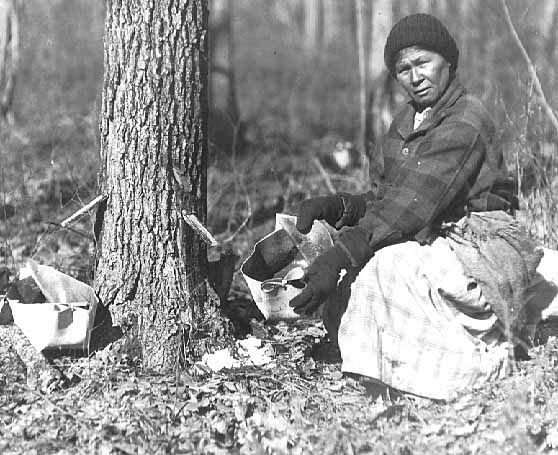








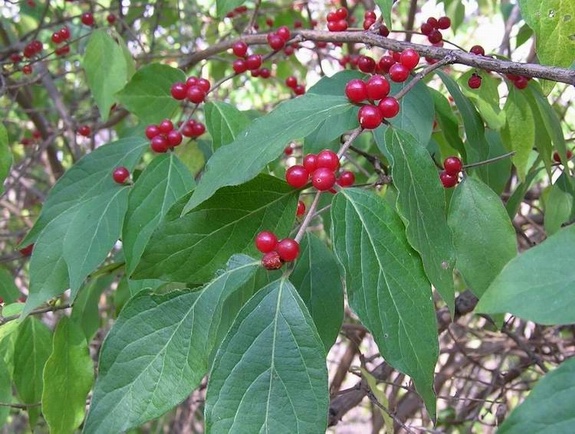
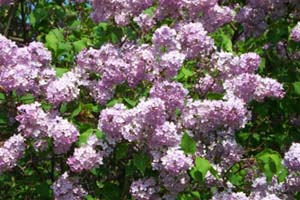


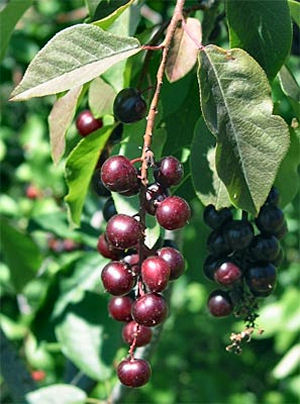




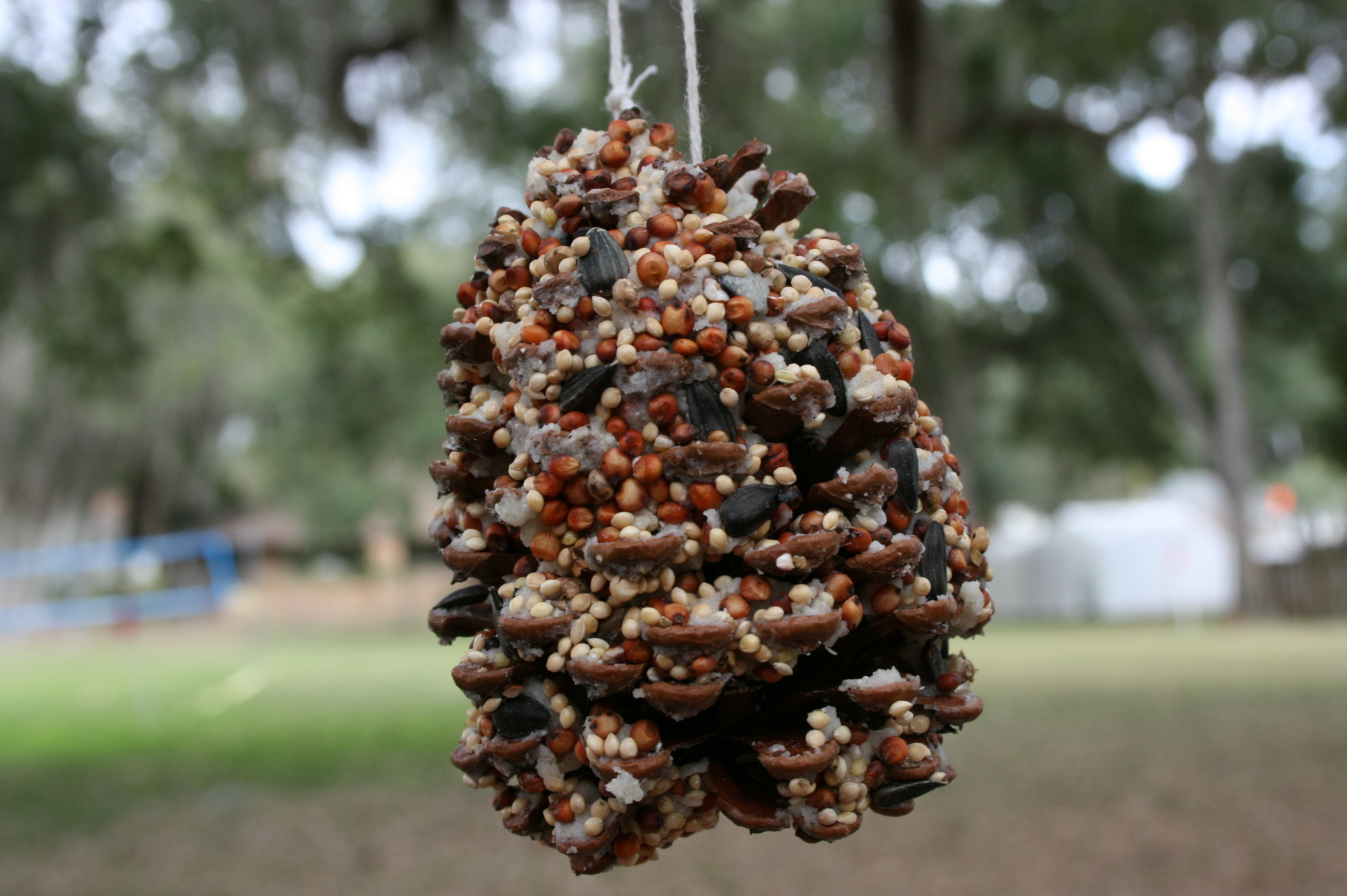


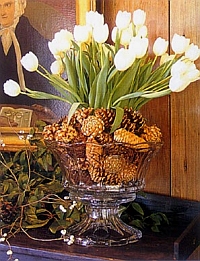





Smart and frugal ideas.
ReplyDelete